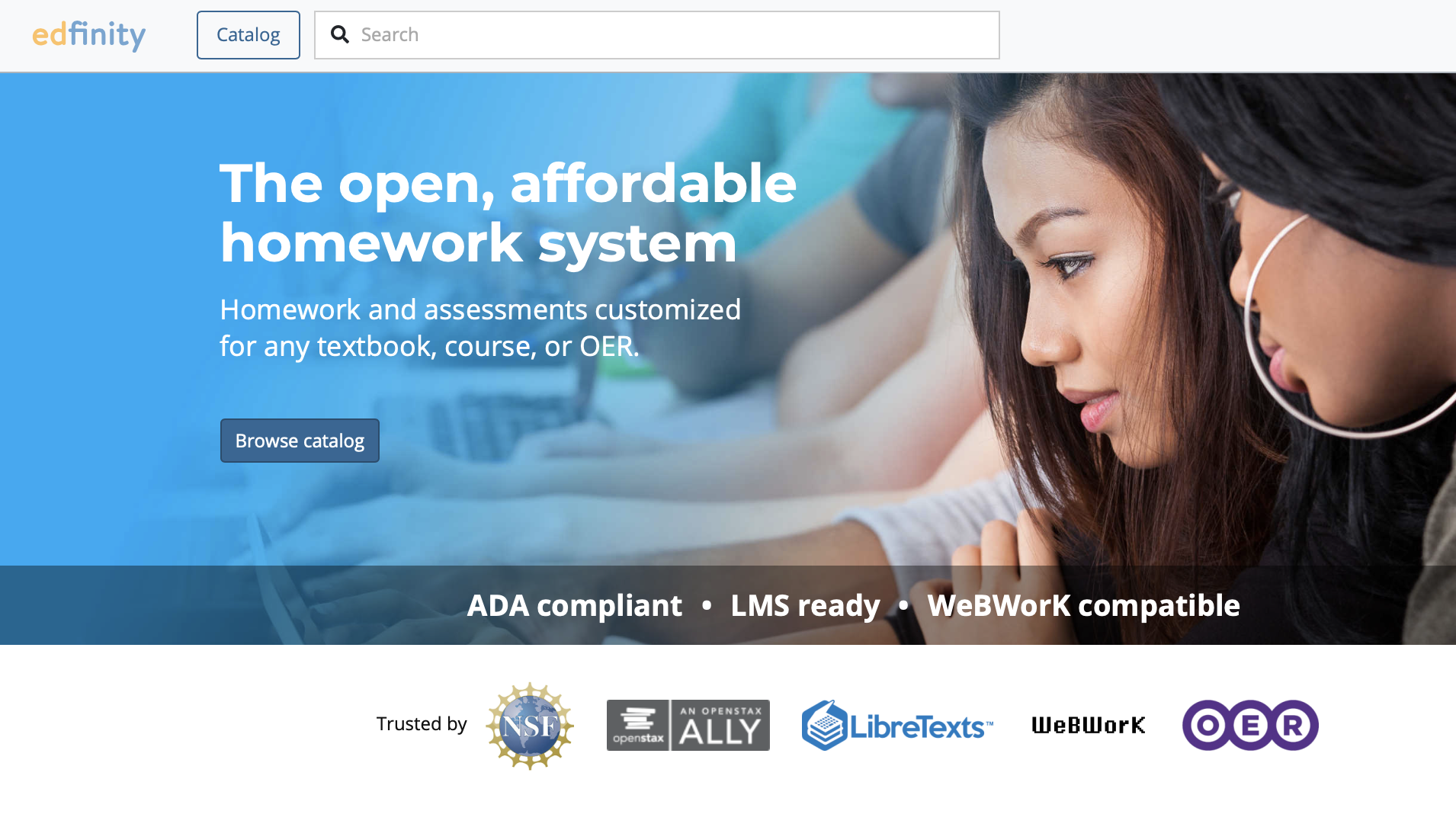The Source of OER
| Oscar Levin |
|---|
| University of Northern Colorado |
Traditional Advantages of OER
Free.
Almost as good.
OER is Free
The cost is important
Students are increasingly being priced out of college.
Students shouldn't have to choose between a textbook and food.
Textbook cost is a social justice issue!



Realities and Alternatives
The average student should budget \(\$1240 - \$1400\) for textbooks and course materials (annually).
To cope with the cost:
Purchase an older edition.
Delay purchasing the textbook.
Never purchase the textbook.
Share the textbook.
Steal the textbook.
In your academic career, has the cost of required textbooks caused you to:

Source: 2018 Student Textbook Survey, Florida Virtual Campus.
OER is Good
Finding good open textbooks
One of the challenges is finding quality resources. In math, we are pretty okay.
American Institute of Mathematics Open Textbook Initiative


We are making progress
Cengage CEO:
The times when students did not matter are over. I want to be really emphatic on that. This industry relied for too long on the notion that, “if I can convince the professor, I don’t need to worry about the student, and I can charge whatever I want.” I think these times are over and they’re over for good.


OER can be Better
Would we use OER even if cost were no object?
Yes! Because:
OER fosters creativity and innovation.
Customization improves student learning.
Accessibility!
My personal journey
I don't love the book we are using and it is expensive!
My students don't really need a book, do they? I'll write some notes.
I have a lot of notes. Also, I want tenure.
Apparently it is now cool to self-publish books!
All along, I'm thinking deeply about how to teach.
There is something especially rewarding about thankless work.
Fostering creativity
Goal: develop useful materials for our students.
Then share them.
The source must be shareable!
PreTeXt
PreTeXt
PreTeXt is a markup language for writing textbooks: XML that can be transformed into various output formats including LaTeX and html.
Pros:
Awesome outputs.
Interactive features.
Semantic markup.
Write Once, Read Anywhere.
Free and open.
Con: could be more user friendly.
My goal
Write all my course materials in PreTeXt.
Some advantages:
Easier to share material with open textbooks.
My fingers don't need to remember what markup language I'm using.
Better experience for my students (because of awesome output).
Day-to-day teaching and writing
Preparing for class and providing students with resources:
Lecture notes.
In-class activities.
Practice and collected homework problems (maybe with solutions).
Quizzes, exams, study guides, etc.
When do these get written? How do they get shared?
Example: Activities (worksheets)
Paper copy to bring to class.
PDF for students who were absent.
Some way to give solutions.
Useful tools
GitHub and GitHub pages.
Makefile or build script.
Visual Studio Code (and PreTeXt-tools).
Custom xsl stylesheet to extract “worksheets”.
Pandoc and pandoc-pretext.
Sample workflow
Open “activity-new.ptx” and write content (as
<exercise>elements).make ws-new, inspect output (activity-new.pdf).Fix spacing, typos, etc.
make ws-new, repeat.Save-as file with appropriate name, change
@xml:id.Go to activities.ptx or main.ptx and
<xi:include>the file.make worksheets,make html, andgit commitandgit push.
Next steps
All of that needs to be easier.
What is reasonable to expect new PreTeXt users to be willing to do?
This will be a good summer project.
Accessibility
Screen Readers
How do you read these:
Textbooks in Braille

Thanks!
Comments, suggestions, updates: [email protected].